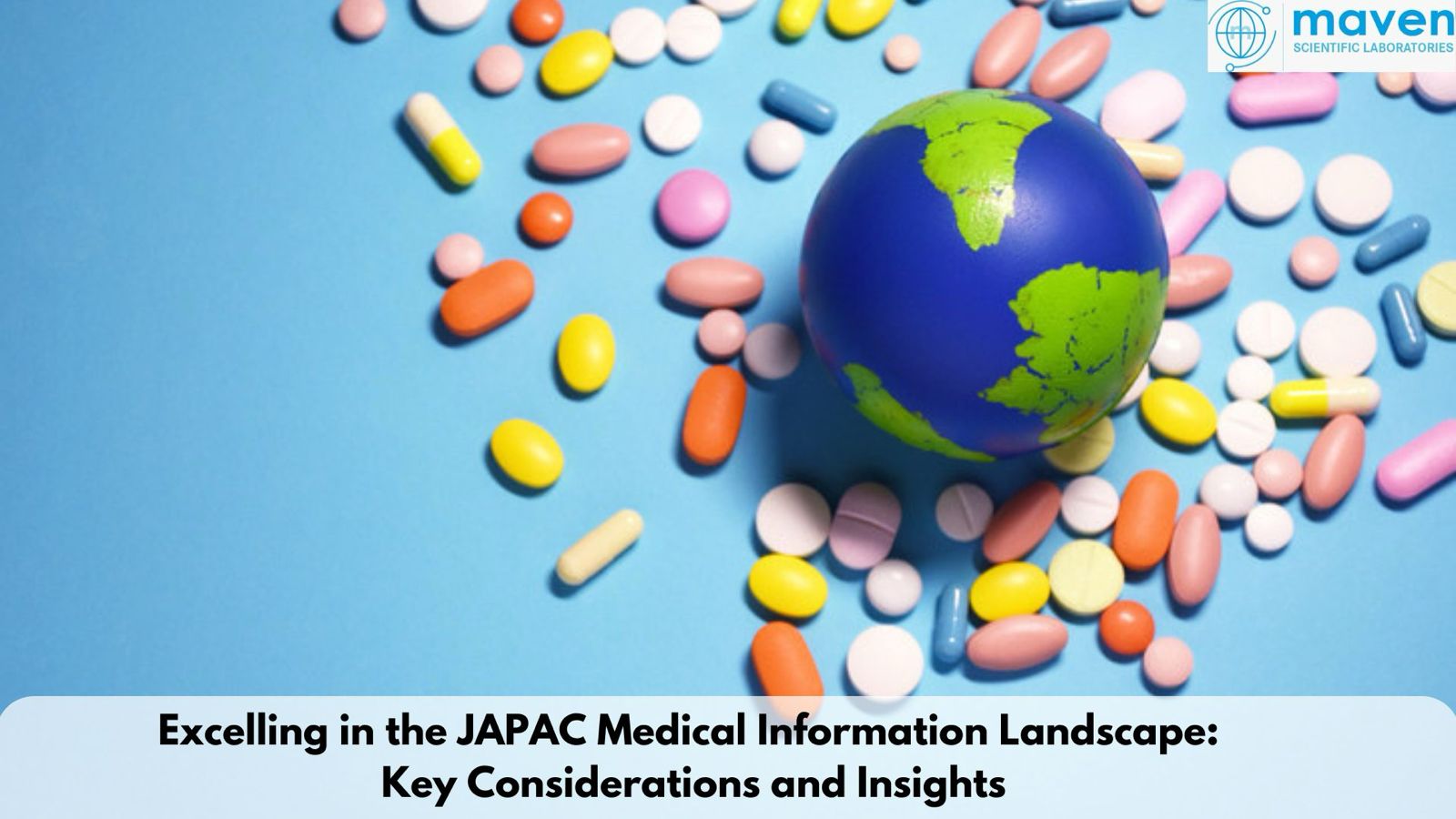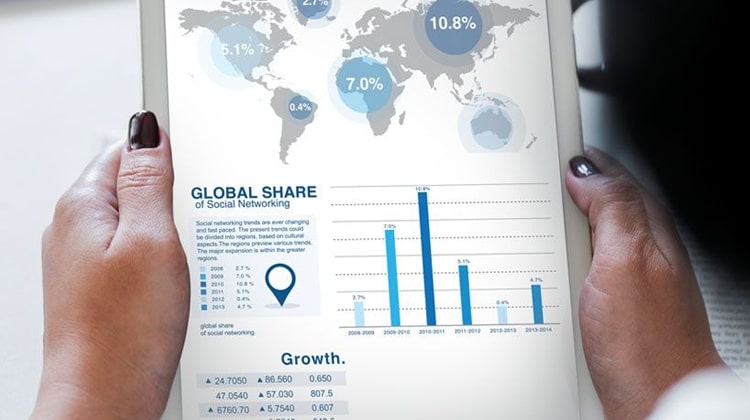
Excelling In The JAPAC Medical Information Landscape: Key Considerations And Insights
The JAPAC (Japan, Asia-Pacific) region is a diverse and dynamic landscape, presenting unique opportunities and challenges for Medical Information (MI) professionals. With its mix of mature markets like Japan and Australia and emerging markets such as Vietnam and the Philippines, the region requires a tailored approach to delivering accurate, compliant, and effective medical information. Success in JAPAC demands a deep understanding of regional regulations, cultural nuances, and the integration of advanced technologies.
Understanding the Diversity of the JAPAC Region
JAPAC encompasses a vast array of healthcare systems, regulatory requirements, languages, and cultural nuances. Countries like Japan have stringent regulations and a highly advanced pharmaceutical market, while others may have evolving regulatory frameworks. Understanding these regional disparities is crucial for success.
Key Regulatory Bodies in JAPAC:
- Japan: Pharmaceuticals and Medical Devices Agency (PMDA) and Ministry of Health, Labor, and Welfare (MHLW)
- Australia: Therapeutic Goods Administration (TGA)
- China: National Medical Products Administration (NMPA)
- South Korea: Ministry of Food and Drug Safety (MFDS)
- Singapore: Health Sciences Authority (HSA)
- Malaysia: National Pharmaceutical Regulatory Agency (NPRA)
- Vietnam: Drug Administration of Vietnam (DAV)
- Philippines: Food and Drug Administration Philippines (FDA Philippines)
Key Considerations:
- Regulatory Compliance: Stay updated on country-specific guidelines, such as Japan's PMDA regulations, Australia's TGA requirements, and China's NMPA policies.
- Language Barriers: Multilingual capabilities are essential for communicating effectively across markets, particularly in regions with diverse languages and dialects.
- Cultural Sensitivity: Tailor communication and documentation to align with local customs, expectations, and communication styles.
- Data Privacy Regulations: Comply with regional data protection laws, such as Japan's APPI (Act on the Protection of Personal Information) and Australia's Privacy Act.
Role of Medical Information in JAPAC
Medical Information plays a critical role in bridging the gap between pharmaceutical companies, healthcare professionals, and patients. It ensures accurate and evidence-based information dissemination about drugs, therapies, and medical devices.
Core Responsibilities:
- Responding to medical inquiries: Prompt and accurate responses to medical queries from healthcare professionals and patients.
- Scientific Evidence Support: Providing robust scientific evidence to support product claims.
- Insight Sharing: Supporting healthcare professionals with treatment-related insights and best practices.
- Product Lifecycle Support: Offering support throughout the product lifecycle, from pre-launch to post-market phases.
- Regulatory Adherence: Ensuring compliance with country-specific and regional regulatory frameworks.
Key Challenges in JAPAC Medical Information
- Regulatory Variations: Disparities in regulations across countries increase complexity and require specialized expertise.
- Resource Allocation: Limited resources in emerging markets can hinder effective MI operations and require creative solutions.
- Digital Transformation: Adapting to digital tools and platforms while ensuring data privacy and cybersecurity.
- Cultural and Linguistic Barriers: Multicultural and multilingual settings necessitate localized approaches.
- Information Dissemination: Ensuring timely and accurate delivery of medical information across fragmented healthcare systems.
Best Practices for Excelling in JAPAC MI Landscape
- Invest in Technology: Utilize AI-powered tools, chatbots, and automated systems for quicker and more efficient responses.
- Enhance Training Programs: Regularly upskill teams on regional regulations, cultural nuances, and technological advancements.
- Centralize MI Systems: Maintain a centralized database for managing medical information across markets for consistency.
- Focus on Quality and Compliance: Align processes with global standards (e.g., ICH guidelines) while adhering to local regulations.
- Cross-Functional Collaboration: Foster collaboration between regional and global MI teams to ensure alignment.
- Data Privacy and Security: Implement robust data privacy protocols compliant with local laws and global standards.
Future Trends in JAPAC Medical Information
- Increased Automation: AI-driven chatbots and automated tools will manage routine inquiries efficiently.
- Real-World Evidence Integration: Leveraging real-world data for insights into drug efficacy and safety.
- Digital Platforms: Enhanced digital tools for information dissemination and secure data sharing.
- Collaborative Ecosystems: Strengthened collaboration between regional and global teams for knowledge sharing.
- Focus on Patient-Centric Approaches: Enhanced patient education and engagement initiatives.
How Maven Can Help
At Maven, we specialize in delivering tailored Medical Information services designed to address the unique challenges of the JAPAC region. With our deep expertise in regulatory compliance, multilingual capabilities, and a strong focus on technological integration, Maven ensures:
- Regulatory Expertise: Our team stays updated with the latest regulations across JAPAC markets, including PMDA, TGA, and NMPA requirements.
- Custom Solutions: Bespoke solutions tailored to market-specific needs while ensuring global compliance.
- Advanced Technology Integration: Utilizing AI-powered tools and centralized databases for streamlined MI operations.
- Training and Development: Regular training programs to ensure compliance with regional and global best practices.
- Collaborative Approach: Effective collaboration with global teams to ensure alignment and consistency.
- Data Privacy Assurance: Ensuring compliance with regional data protection laws and global standards.
With Maven as your trusted partner, you can confidently navigate the complexities of the JAPAC Medical Information landscape, ensuring accuracy, compliance, and operational excellence.
Conclusion
Excelling in the JAPAC Medical Information landscape requires a strategic approach that balances regulatory knowledge, cultural sensitivity, and technological adoption. By staying informed, proactive, and adaptable, MI professionals can play a pivotal role in enhancing healthcare outcomes across the region. With continued innovation, collaboration, and a partner like Maven, the JAPAC MI sector is poised for significant growth, impact, and success.







